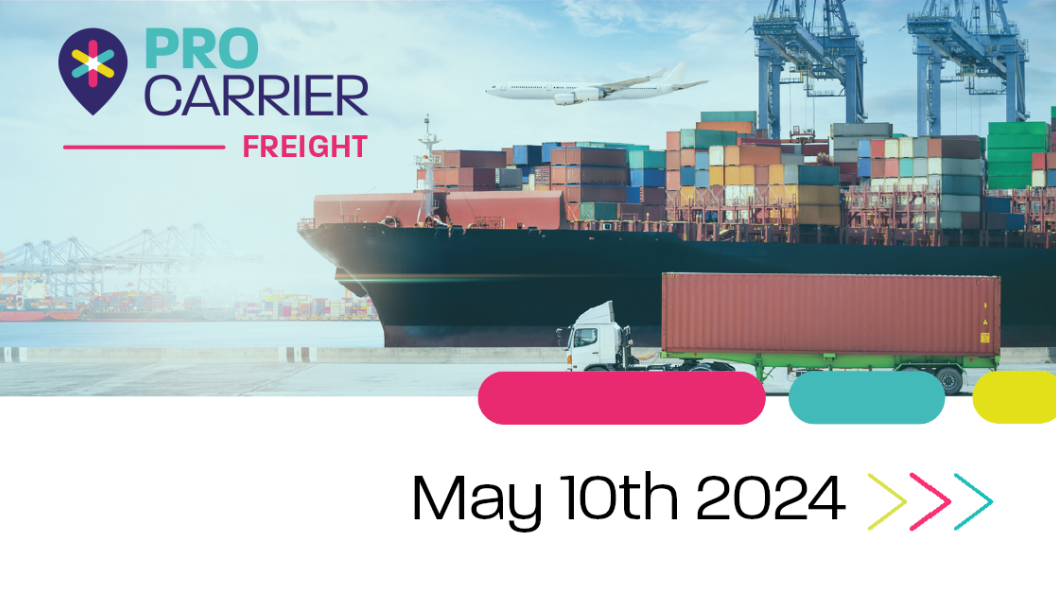Table of contents
Topic of the week:
Major disruption has been caused at USA West Coast shipping ports as worker negotiations continue to take place after 13 months already, leading USA retailers to worry and a possible modal shift to air freight. Over the last two weeks, unions have taken part in walk-outs after frustration with pay negotiations, prompting them to take action. Recent developments in Canada have exacerbated the situation where International Longshore and Warehouse Union (ILWU) members voted to go ahead with 72-hour strikes at Vancouver and Prince Rupert ports. This is expected to occur before the end of this month, and supply chain executives are becoming more concerned as droughts in the Panama Canal have increased congestion alongside the situation at the USA ports.
In order to mediate negotiations between the ILWU and the Pacific Maritime Association (PMA), the representative of container terminals, the US National Retail Federation (NRF) called upon President Joe Biden to step in. The Pacific Maritime Association have failed to reach a consensus on a new labour agreement after a year of ongoing talks. Responding to the appeal, President Joe Biden has taken action by sending his labour secretary, Julie Su, to California. The aim is to facilitate discussions and reach a mutually acceptable pay agreement between employers and dockworkers, as the ports crisis on the west coast of North America continues to escalate.
As planning begins for the approaching peak season, retailers were concerned that these port disruptions could lead to issues further down the line, such as longer lead times due to moving cargo away from ports along the west coast.
On the other hand, Yang Ming CEO, Patrick Tu, believes that the current port delays and Panama Canal drought could stop container freight rates bottoming out, for now. Due to the drought, the Panama Canal has had restrictions put in place on shiploads, and with weight restrictions, this has meant that shippers have increased their freight rates by about $300 - $500 USD per container.
A similar situation that occurred in 2015 saw industrial action along US west coast ports cause a modal shift to air freight. Demand for air cargo space increased and shippers tried to mitigate the delays that the disruption caused, taking over a month to catch up and clear the build-up of cargo left at the ports. This begs the question, could there be similar consequences from the current port disruptions? Should shippers prepare for a spike in air freight demand?
A ’tentative mutual agreement’ has now been made between the PMA and the ILWU says National Retail Federation (NRF) CEO, Matthew Shay. However, there will still be requirements that will need to be worked out, and the full details of the current agreement have not yet been released. The deal could still take some time to come to fruition, however, cargo is already starting to flow a little better.
Sea:
- Over the last two weeks China/East Asia to North America West Coast spot rates have increased by 21.9% from $1,295/FEU to $1,579/FEU according to Freightos data
- China/East Asia to North America East Coast spot rates have been on a steady incline over the last two weeks, increasing by 14.7% to $2,653/FEU.
- Global container spot prices have fluctuated over the last two weeks, and are now sitting at $1,452/FEU, a 4.2% increase over the last two weeks, but a 79% decrease from spot rates in June 2022 according to the Freightos Baltic Index (FBX)
- China/East Asia to North Europe spot rates have decreased by 13.6% over the last two weeks, now sitting at $1,225/FEU, says (FBX)
- Due to the oncoming Cyclone Biparjoy, all Indian ports along Gujarat have stopped their operations until further notice. The effects of the storm are expected to last around a week, and ships have already been moved from jetties.
Air:
- Global Air Freight spot rates currently sit at $2.68, a slight decrease according to the Freightos Air Freight Index (FAX)
- Europe to Northern America spot rates currently sit at $2.04 (100-3000kg), says FAX, decreasing by 7.6%
- Europe to Central Asia spot rates have risen by 3.5% currently sitting at $2.66 (100-3000kg), says FAX
- Europe to Asia, Greater China spot rates currently sit at $1.53 (100-3000kg), says FAX, a 10.5% decrease
- Qatar Aviation Services (QAS) is now the first ground handler to be accredited with IATA’s environmental management system certification, the IATA Environment Assessment programme (IEnvA). This programme was only launched last year and “their certification sets a great example of world-class environmental management practices for other ground handler and ground services providers to follow,” says IATA’s director general, Willie Walsh.
- QAS Cargo have also gained the IATA CEIV certificate for perishables. QAS are now the only airline to have been certified with all of IATA’s CEIV standards.
That’s all for this week’s update…
Check out our other insights and articles for more in depth industry news and trending topics, or get in contact to discuss some of our best in class freight forwarding services!


